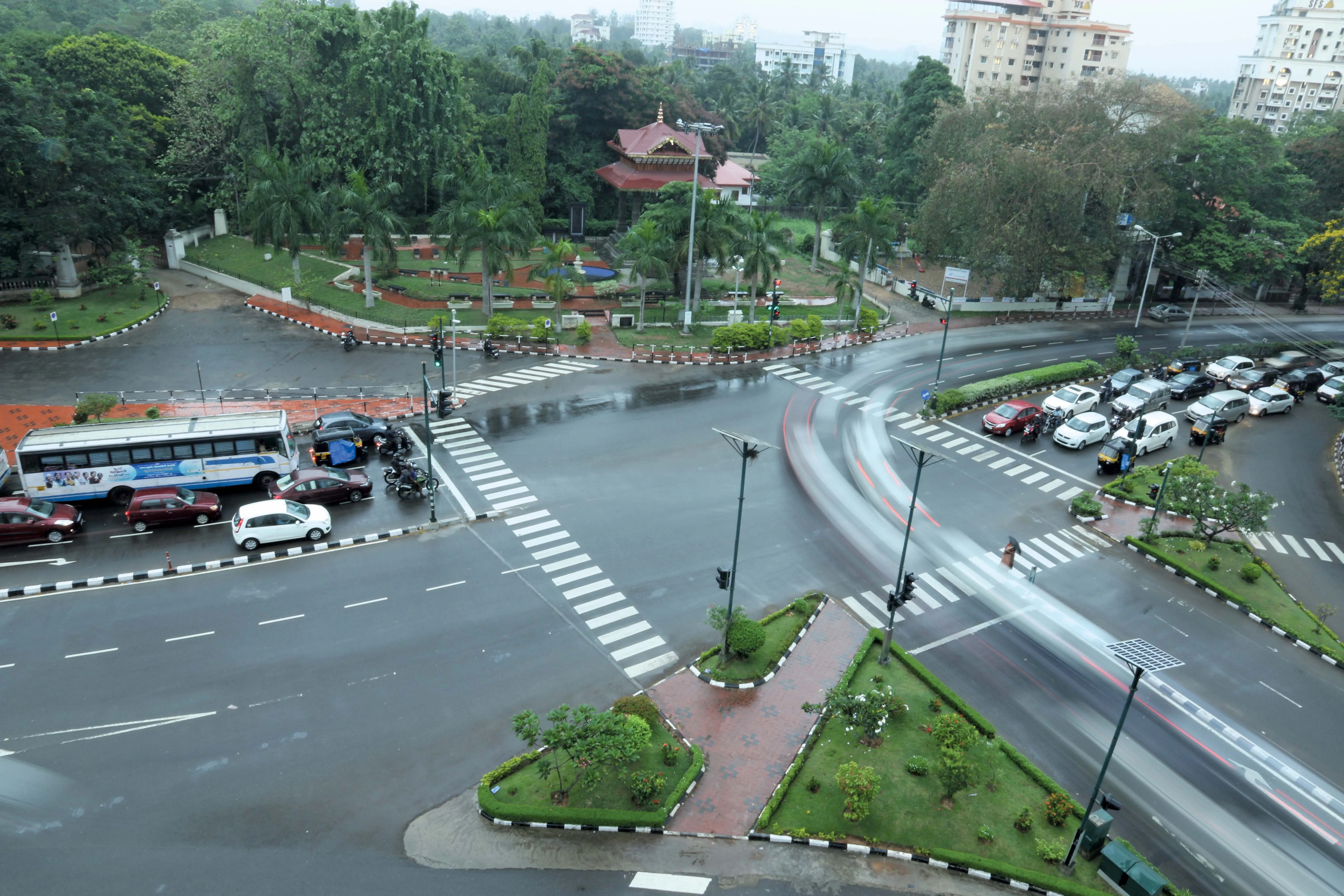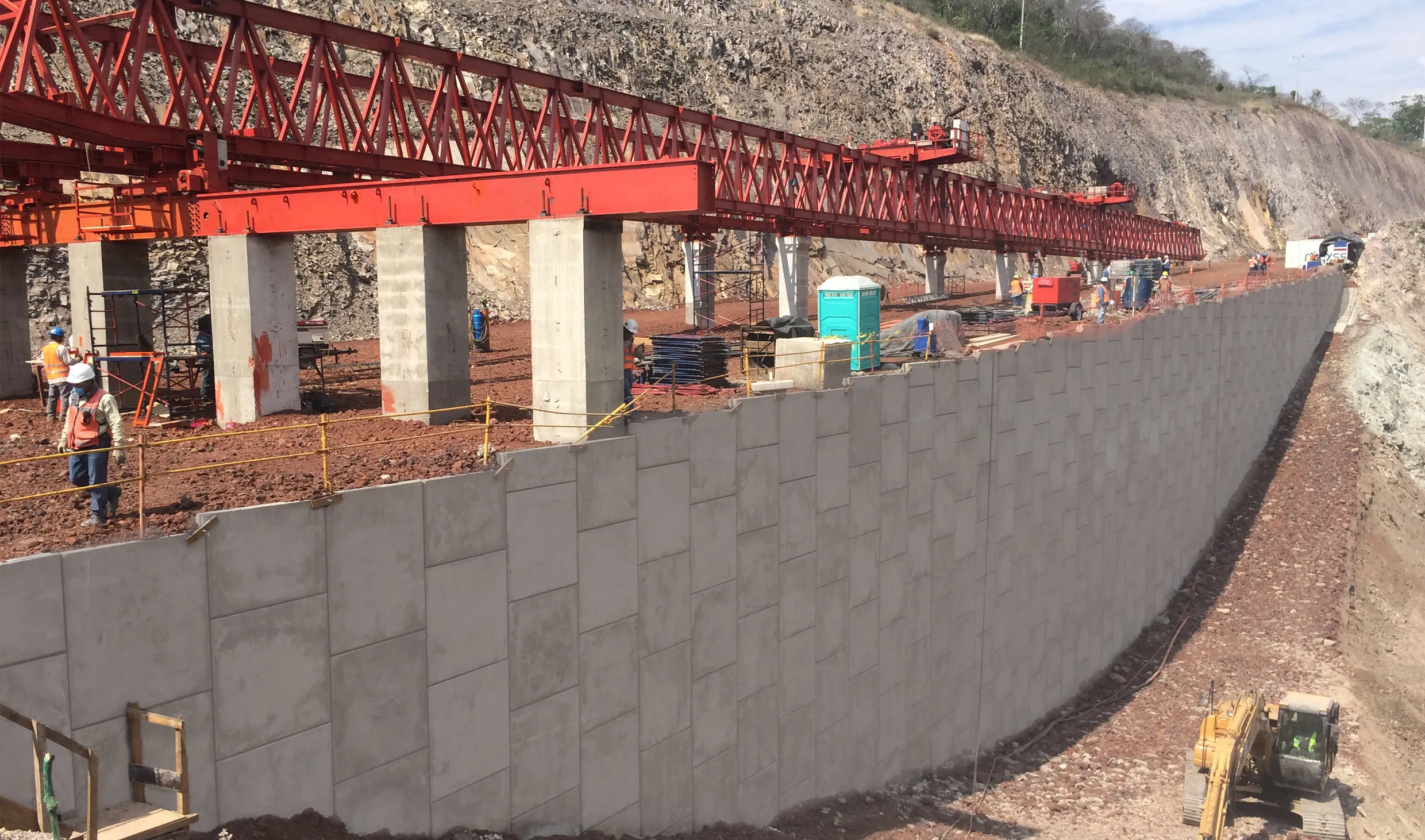The Philippines is setting major targets for road development in coming years. A planned budget of US$2.59 billion has been set for infrastructure in the city of Luzon for 2015. And the Department of Public Works and Highways plans to pave some 32,227km of the country's national roads by 2016, with only 83% so far having been paved. Some 64.3% of the department's budget will be for repair and construction of highways. Other spending will be allocated for the development of 410km Mindanao road network, which will link ports and airports. Key public private partnership projects in Luzon will be for the Central Luzon Link Expressway Phase II and the Metro Manila C-6 Expressway in 2015. However delays look set for the North Luzon Expressway (NLEx) Harbor Link. This project is being handled by Manila North Tollways (MNTC). Delays with acquisitions of the plots of land needed for Segment 10.1 and Segment 9 of the route will hold back the commencement of construction activities. Work on Segment 10.1 of $240.44 million road was previously planned for completion by February 2016 with Segment 9 intended to have been open to traffic by June 2014. Some portions of land on these segments have still to be acquired so it may be some time before the new opening dates for these stretches of the route can be revealed.
Major projects proposed for Philippines
The Philippines is setting major targets for road development in coming years. A planned budget of US$2.59 billion has been set for infrastructure in the city of Luzon for 2015. And the Department of Public Works and Highways plans to pave some 32,227km of the country's national roads by 2016, with only 83% so far having been paved. Some 64.3% of the department's budget will be for repair and construction of highways. Other spending will be allocated for the development of 410km Mindanao road network, which
August 19, 2014
Read time: 2 mins








